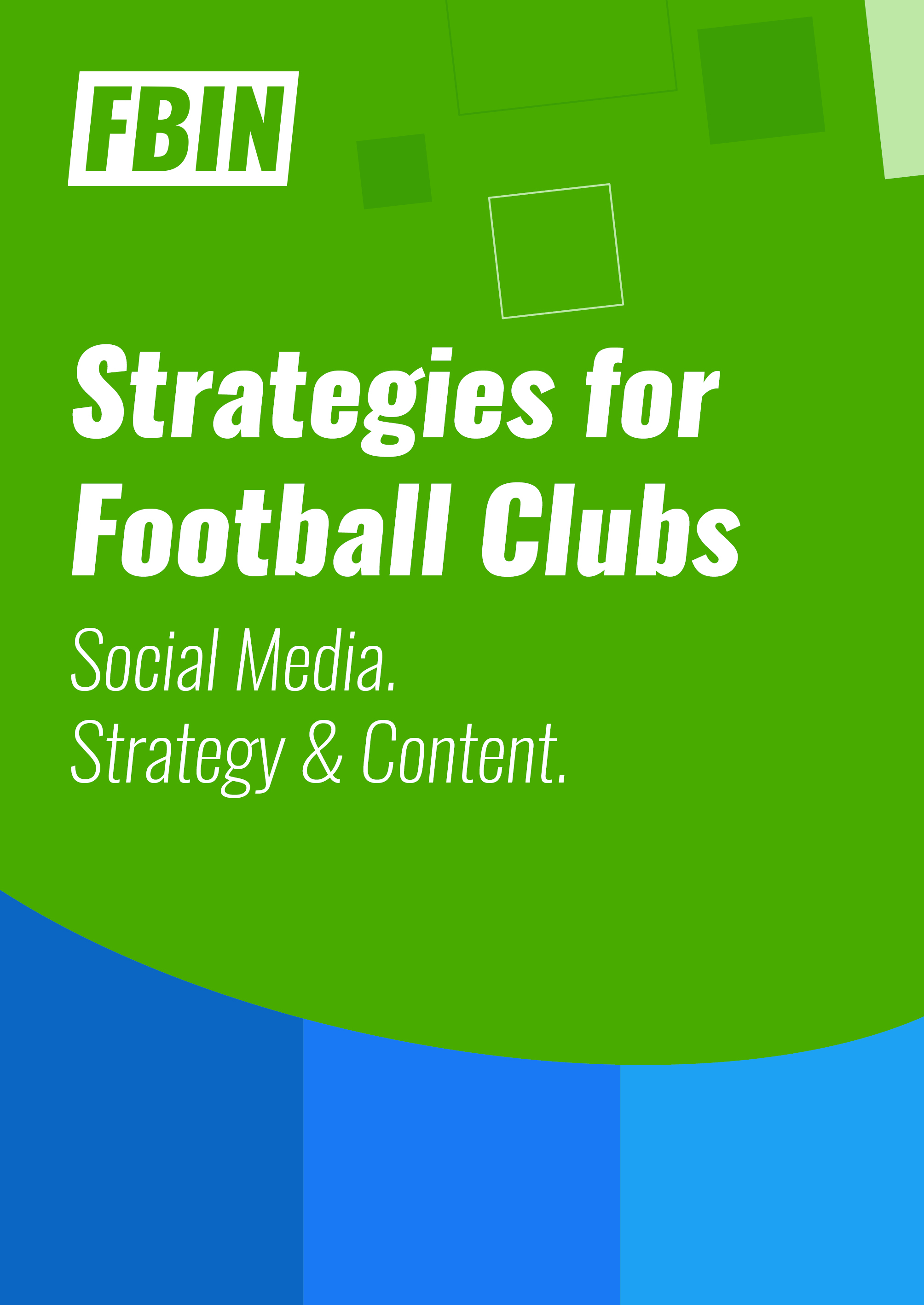In this summary we take a look at the key takeaways of the panel discussion “How to develop small and medium-sized football organizations“ at the Football Business Meetup Bratislava on 11 November 2022 with Philipp Mokrohs (Sportbusiness Expert for Brand & Marketing), Adam Pavella (Head of Brand Strategy and Marketing, FC DAC) and Konstantin Kornakov (Strategy Council Member, LTT Sports).
Define your DNA is the first important step
Philipp Mokrohs believes clubs should truly understand their fans, identities, and partners. Often, they can start with a small scale by looking at the current data and research and devise a solid inside view. Then the next step is to collect the external perspectives of fans and partners and to see if it matches that of the club’s top management. It’s always challenging to discuss this with the top management since they’ve been at the club for a long time and have certain fixed mindsets. Hence, showing a mix of quantitative and qualitative research data is always good. For example, you can bring some interviews with sponsors or fans and let the data speak for itself.
“If you go outside and ask some fans or sponsors, and if they say differently, then you have to match it; otherwise, it would be a punishment for further steps.”
Adam Pavella added that it might be easier for smaller clubs to start to define their identity because you don’t have to listen to too many people. The advantage of being a smaller club is that you can focus on your fans better geographically and culturally. He also added that what marketers can do is to guide the energies and where the discussion should go via written and specific formats so that the top management can make better choices.
Interestingly, Konstantin Kornakov shared that clubs are usually old institutions. The challenge is that the people running the club today are not those who started 130 years ago. Many generations changed, and it becomes difficult to define that DNA because it comes from history. Still, it’s challenging for somebody to own it. So, 120 years later, it’s much more difficult and daunting to get back into the entrepreneurial spirits of the pioneers or renew those values. What clubs can do is to have to ask themselves these questions to foster that spirit again:
- What would you do if you were starting this club today?
- What would you want to achieve?
- What would you want to predict?
There is no “holy-grail” business model for small-medium-sized clubs
Kornakov thinks that there is no ideal business model for any football clubs. Though most clubs have quite similar issues, the way they deal with them is unique. Over the last 20-30 years, there’s been this default model of the English football business model, which we take as ideal. Still, whenever applying that outside of England, it’s almost impossible anywhere else, even if you’re in a country like Germany. This is because each country does not have the same social, cultural, or economic situation. For example, if a club follows an English club model, the media right’s value is not repeatable. Then you have to work extremely hard for matchday revenue, sponsorship, and other commercial revenues. You’re probably working as hard, if not harder, as a club in England, but the results are vastly different. Therefore, smaller clubs need to think differently, and collective actions are extremely crucial.
Could collective marketing rights (similar to American major sports) be a solution for smaller European clubs?
Pavella finds the American sport-business model very interesting and smart. European clubs should take some inspiration and probably have to head into that direction eventually. However, it’s quite unpredictable if these models work perfectly.
Should the multinational league be considered?
Kornakov explained that if clubs and leagues sell collectively within only a small country/market, we’re probably not going to generate the multiplier effect to achieve something transformational. So, you have to go beyond the national borders and think on a regional basis. For example, Slovakia, the Czech Republic, and Poland can push for their first joint-league together since they share the same sponsors. If these countries come together, we are talking about a market of 50 million people. In reality, these leagues are not selling their broadcasting rights collectively, and this concept certainly has many challenges. However, it’s an exciting step to think about a multinational league.
Mokrohs thinks the football business has to change and move on. Despite the controversy around the Super League, the multinational league concept is worth considering for smaller clubs.
Is the Conference League an efficient financial source for smaller European clubs?
Mokrohs is not convinced having more competition is the best solution since fans are already overloaded with too many competitions, not to mention other entertainment sources. In fact, he believes it’s better to find the business areas of the clubs that are relevant to the club’s brand image. For example, clubs can stretch their brand by having their own fitness center, digital courses of training or diet programs for the young people. It’s a must to reach your fans off the pitch and outside of the matchday.
From a marketing perspective, Pavella is thrilled to have another competition to promote and get the fans excited. Nonetheless, he agreed that clubs must both improve their sports performance and broaden their business areas in order to attract more non-football-related target groups and, ultimately, more partners/sponsors.


 Upgrade to Premium Now
Upgrade to Premium Now




